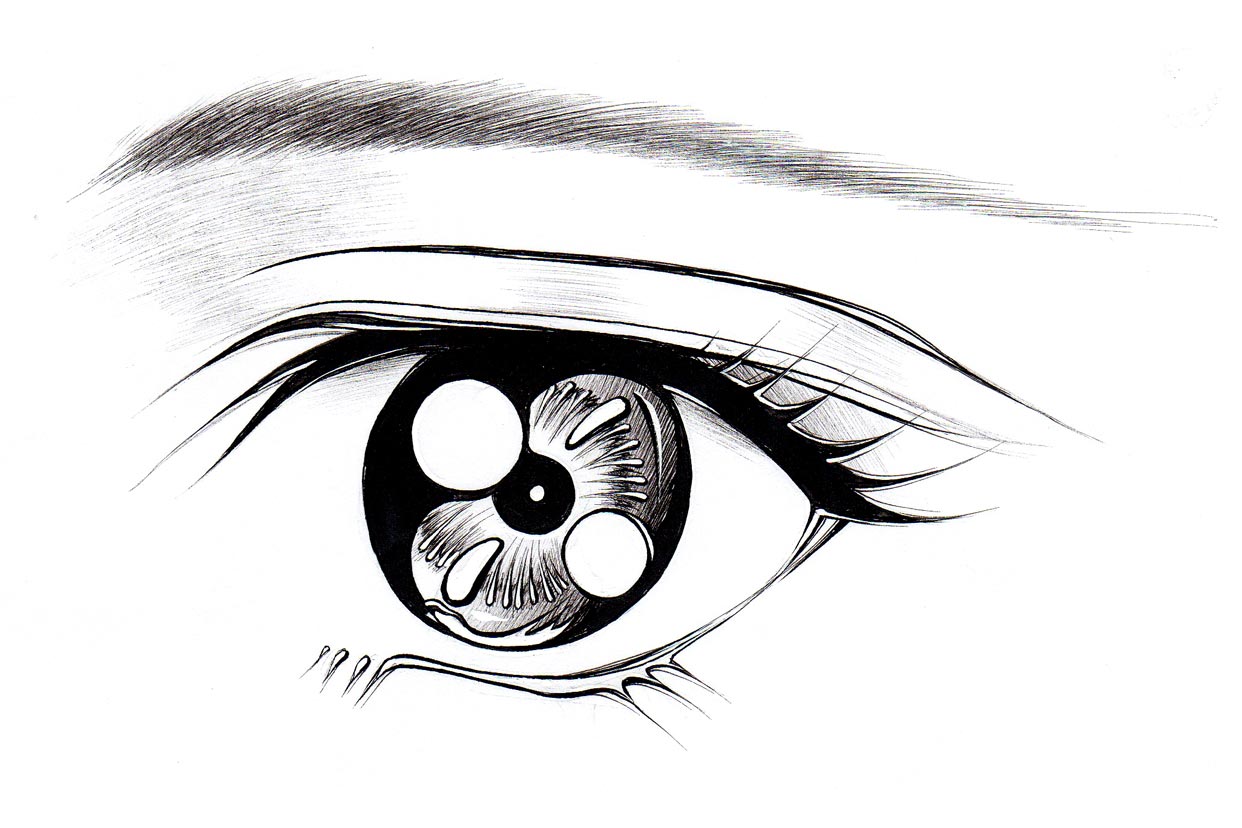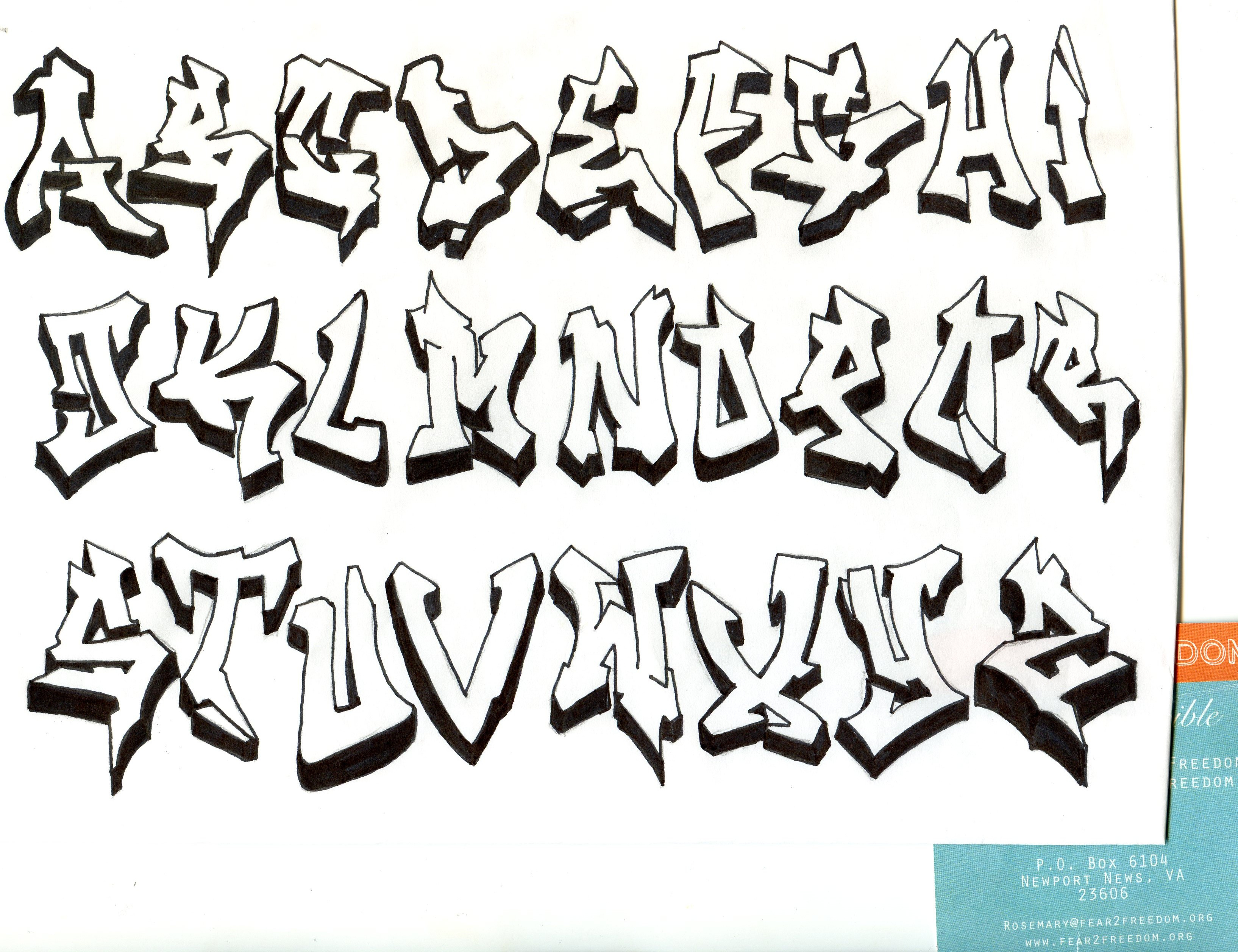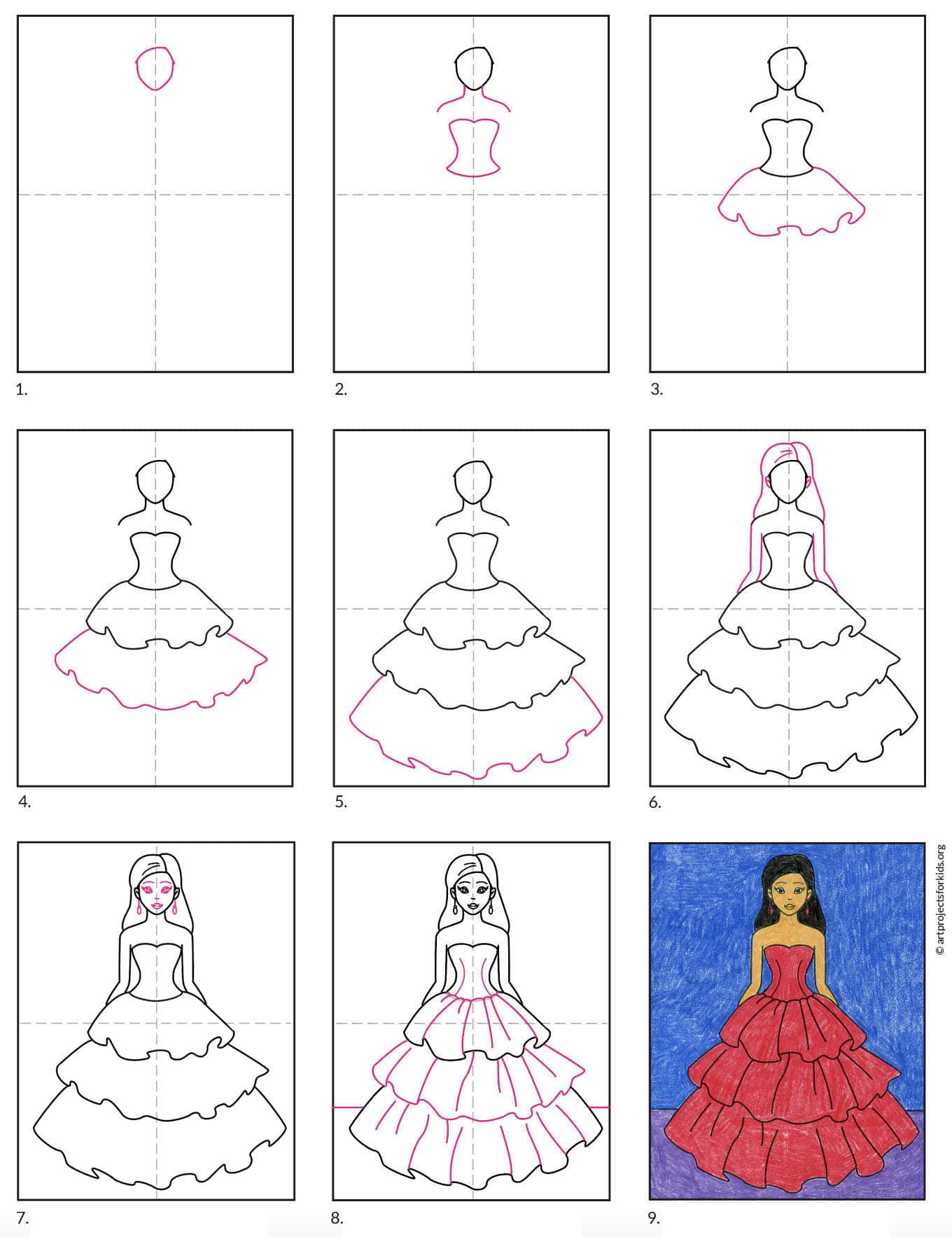How to draw children art projects for kids
Table of Contents
Table of Contents
Are you struggling to draw children? Do their proportions seem difficult to get right? Don’t worry, you’re not alone! Drawing children can be a challenge, but with the right techniques, you can create beautiful and realistic depictions of the little ones.
Many artists struggle with drawing children due to their smaller size and unique features. It can be challenging to capture their youthful essence without making them look cartoonish or overly exaggerated. Additionally, children can be fidgety and difficult to pose, making them hard to draw from life.
The key to drawing children is to first understand their proportions and facial features. Children’s heads are larger in proportion to their bodies, and their facial features are smaller and more delicate than adults. By learning these differences, you can create accurate and natural-looking portraits of children.
In summary, drawing children requires an understanding of their unique proportions and features. By practicing these techniques and observing children in real life, you can improve your skills in drawing children.
How to Draw Children with Emotion
When I first started drawing children, I found it challenging to capture their emotions in my art. It can be difficult to accurately depict a child’s feelings without making them look fake or overly expressive. However, by focusing on the eyes and mouth, you can create a powerful emotional connection in your art.
 Start by paying close attention to the way a child’s eyes change when they express different emotions. For example, when a child is happy, their eyes might crinkle at the edges or light up with excitement. On the other hand, when they’re sad, their eyes might droop or look downcast.
Start by paying close attention to the way a child’s eyes change when they express different emotions. For example, when a child is happy, their eyes might crinkle at the edges or light up with excitement. On the other hand, when they’re sad, their eyes might droop or look downcast.
Next, focus on the mouth. The corners of the mouth can turn up or down to express happiness or sadness, and the lips can pout or quiver when a child is upset. By studying these facial features, you can create more lifelike and emotional portraits of children.
How to Draw Children in Action
Drawing children in action can be especially challenging due to their constant movement and energy. However, by using basic shapes and dynamic poses, you can create engaging and dynamic illustrations of children at play.
 Start by drawing basic shapes to block out the child’s body, such as circles for the head and joints, and rectangles for the torso and limbs. Then, use these shapes to create dynamic poses that capture the child’s movements and energy.
Start by drawing basic shapes to block out the child’s body, such as circles for the head and joints, and rectangles for the torso and limbs. Then, use these shapes to create dynamic poses that capture the child’s movements and energy.
Try drawing a child jumping, running, or playing with a toy. By exaggerating their movements and using bold lines, you can create lively and engaging illustrations.
Tips for Drawing Children’s Clothing
Drawing clothing can be a challenge for any artist, but children’s clothing can be especially daunting. From ruffles to buttons, there are many details to observe and capture in your art.
 Start by observing the way clothing drapes and folds over a child’s body. Children’s clothing tends to be more playful and lenient than adult clothing, so don’t be afraid to exaggerate the folds and creases to create a playful effect.
Start by observing the way clothing drapes and folds over a child’s body. Children’s clothing tends to be more playful and lenient than adult clothing, so don’t be afraid to exaggerate the folds and creases to create a playful effect.
Next, pay attention to the small details, such as buttons, zippers, and collars. These tiny accents can add personality and charm to your illustrations.
How to Draw Children’s Hair
Children’s hair can be challenging to draw due to its fine texture and varying lengths. However, by breaking the hair down into basic shapes and using reference photos, you can create natural-looking and flowing hairstyles.
 Start by drawing the basic shape of the hair, such as a rounded top with tapered ends. Then, use wispy lines to create texture and depth in the hair. Children’s hair tends to be finer and more delicate than adult hair, so be sure to use light, flowing strokes to create a natural effect.
Start by drawing the basic shape of the hair, such as a rounded top with tapered ends. Then, use wispy lines to create texture and depth in the hair. Children’s hair tends to be finer and more delicate than adult hair, so be sure to use light, flowing strokes to create a natural effect.
By using reference photos and observing children’s hair in real life, you can recreate natural and flowing hairstyles that add charm and personality to your illustrations.
Question and Answer
Q: What’s the best age to start teaching a child to draw?
A: It’s never too early to start teaching a child to draw! Even toddlers can learn basic shapes and colors, which can lay the foundation for more advanced drawing skills later on.
Q: Should I encourage my child to draw realistic portraits or more abstract art?
A: It’s important to give your child the freedom to explore their own style and preferences, whether that’s realistic drawing or more abstract art. By encouraging their creativity and individuality, you can help them develop a lifelong love of art and self-expression.
Q: How can I get my child to sit still while I draw them?
A: It can be challenging to get children to sit still for extended periods, but there are a few tricks you can try. First, set up a comfortable and quiet space with plenty of snacks and distractions, such as toys or coloring books. You can also try drawing your child while they’re engaged in a quiet activity, such as watching TV or reading a book. Finally, be patient and flexible – if your child is getting restless, take a break and come back to the drawing later.
Q: Can I learn to draw children without any formal training?
A: Absolutely! While formal training can be helpful, there are many resources available online and in books that can teach you the basics of drawing children. By practicing regularly and observing children in real life, you can develop your skills and create beautiful and engaging illustrations.
Conclusion of How to Draw Children
Drawing children can be a challenge, but by understanding their unique features and proportions, you can create beautiful and lifelike portraits that capture their youthful essence. By focusing on emotions, actions, clothing, and hair, you can create engaging and dynamic illustrations that are full of personality and charm. Whether you’re a beginner or an experienced artist, there’s always something new to learn about how to draw children.
Gallery
12 Tips For Drawing Portraits Of Children
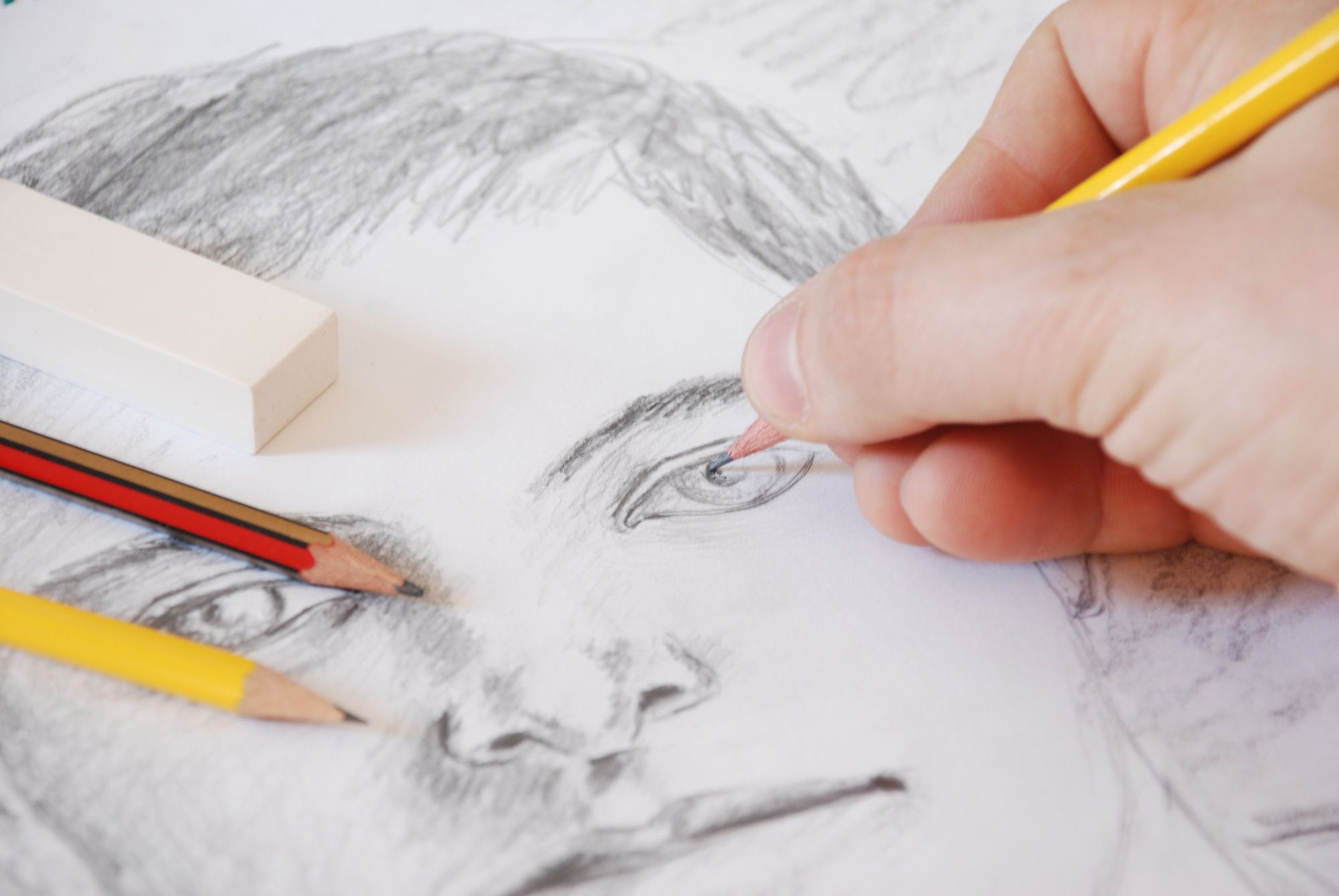
Photo Credit by: bing.com / portraits drawing draw children tips childrens
How To Draw Children · Art Projects For Kids
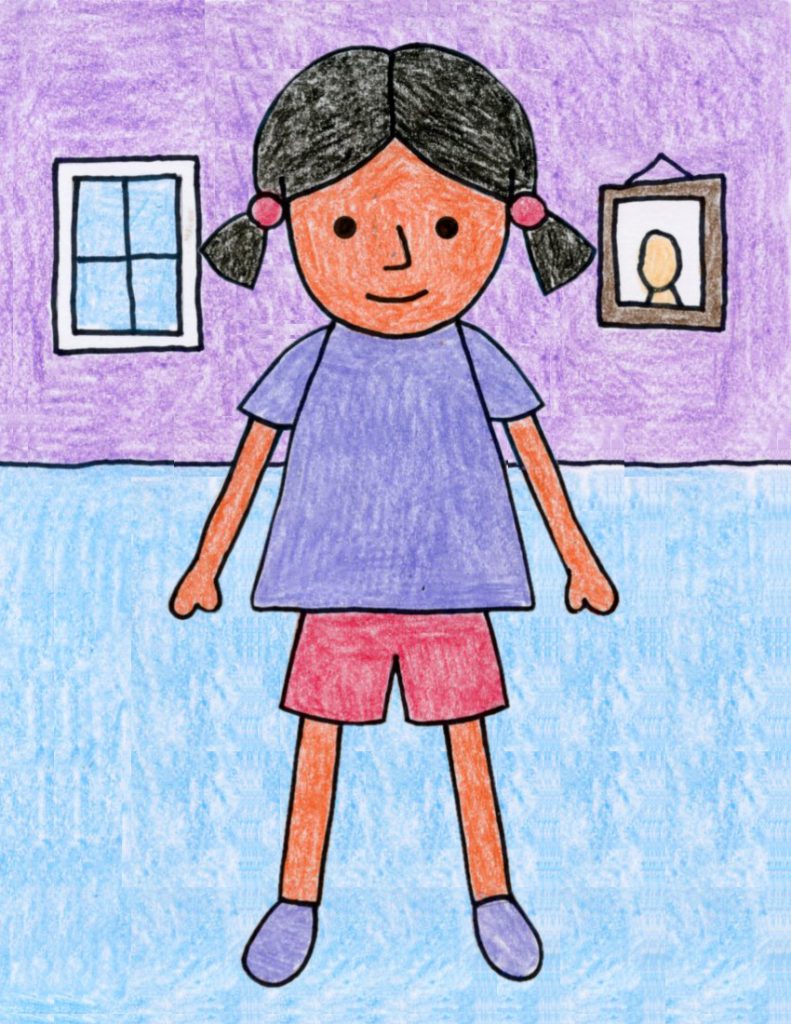
Photo Credit by: bing.com / childrens themselves artprojectsforkids 3r someone
Benefits Of Drawing For Children – 123 Por Mi

Photo Credit by: bing.com / children drawing draw maps development child colouring kids benefits coloring parents read improve ways books still why need childs
Learn To Decode Children’s Drawings | Novak Djokovic Foundation
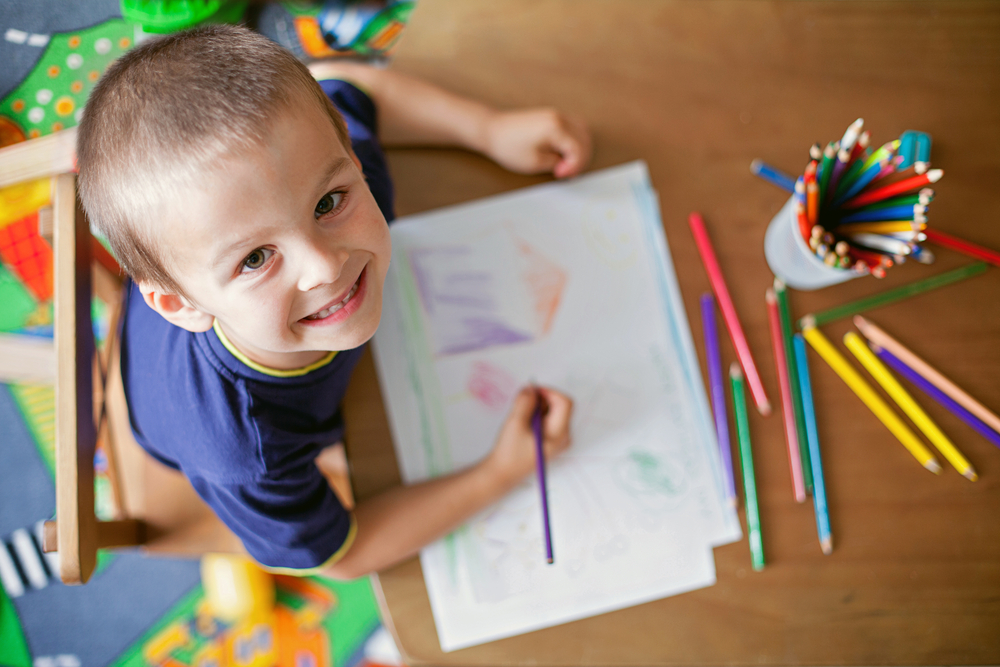
Photo Credit by: bing.com / childrens
How To Draw Children · Art Projects For Kids
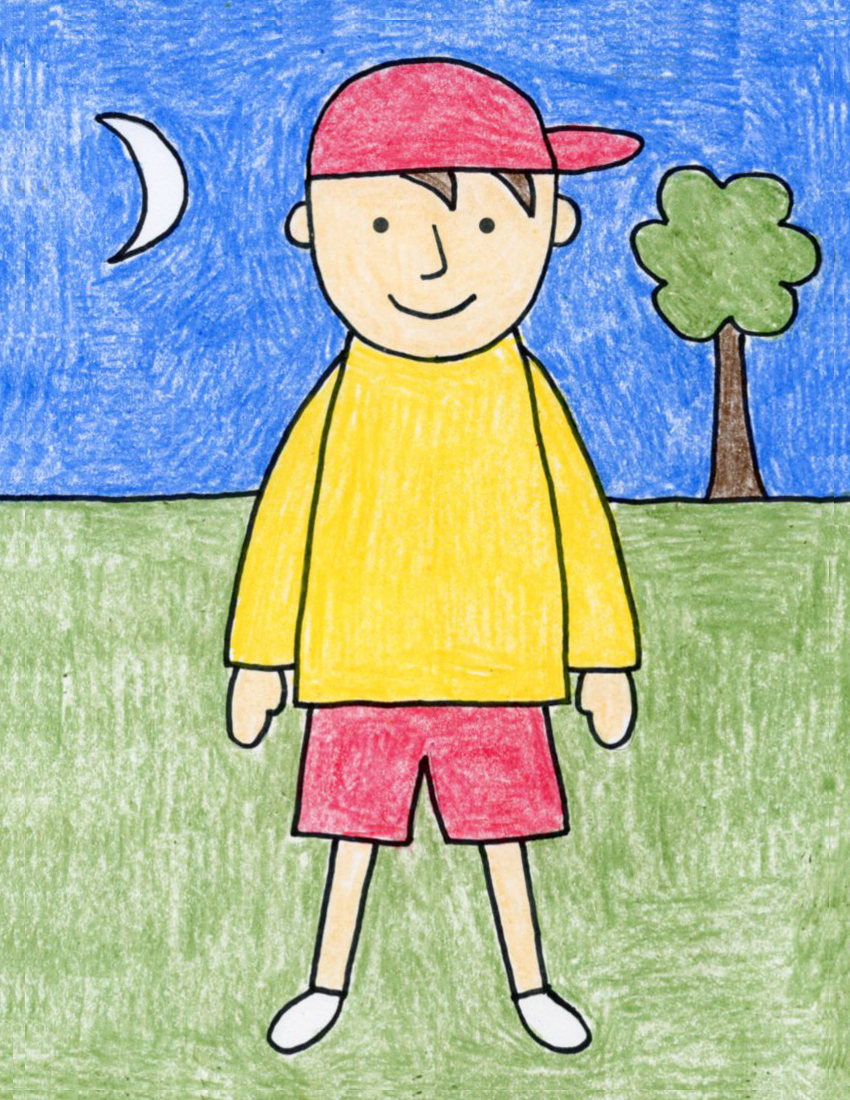
Photo Credit by: bing.com / artprojectsforkids

